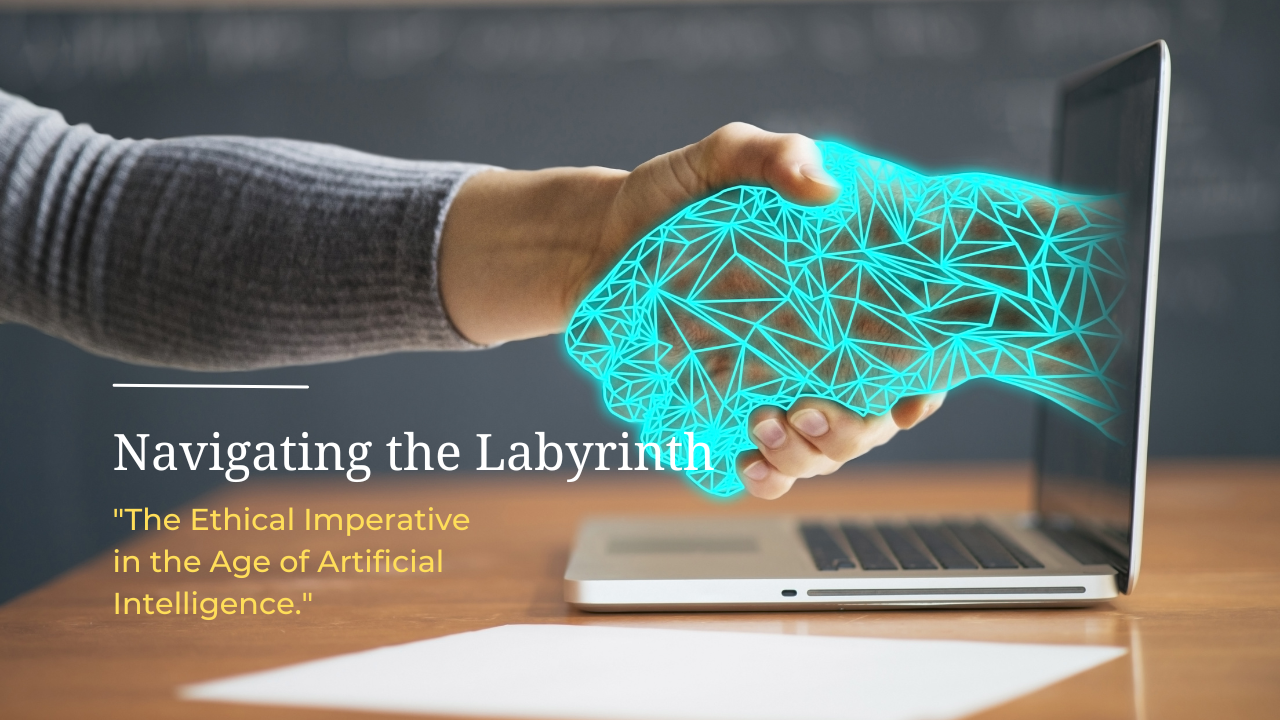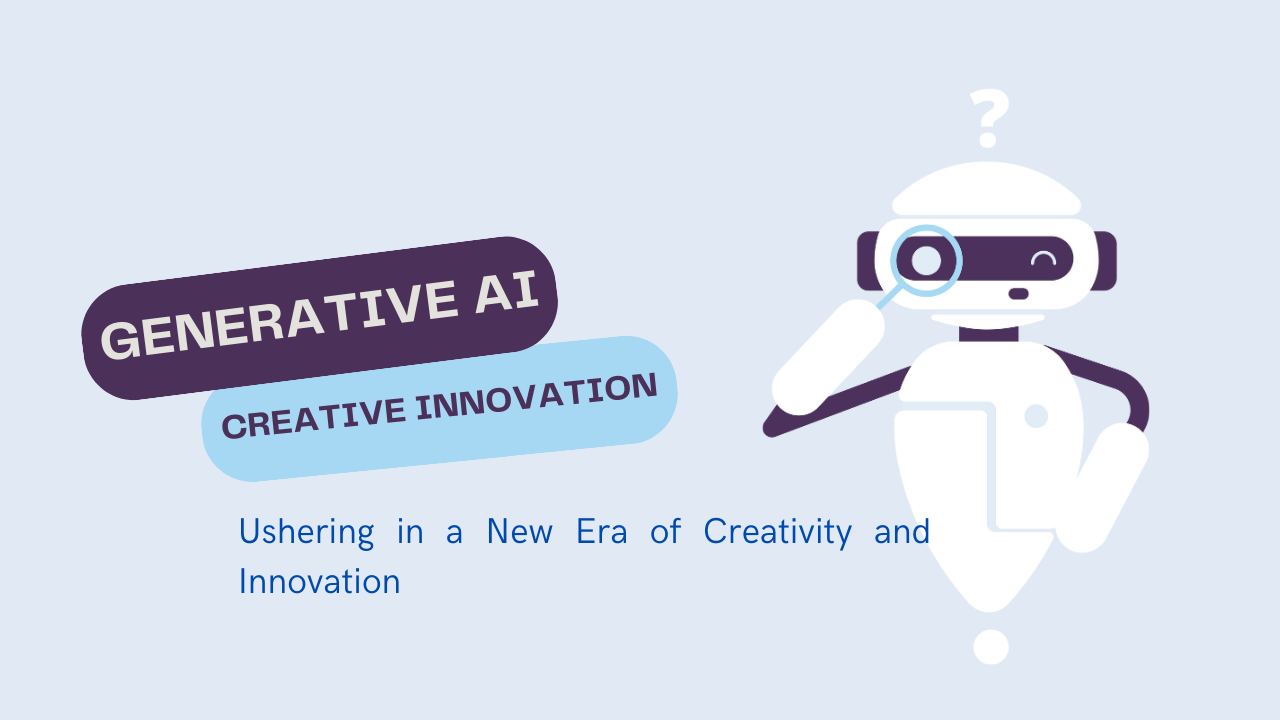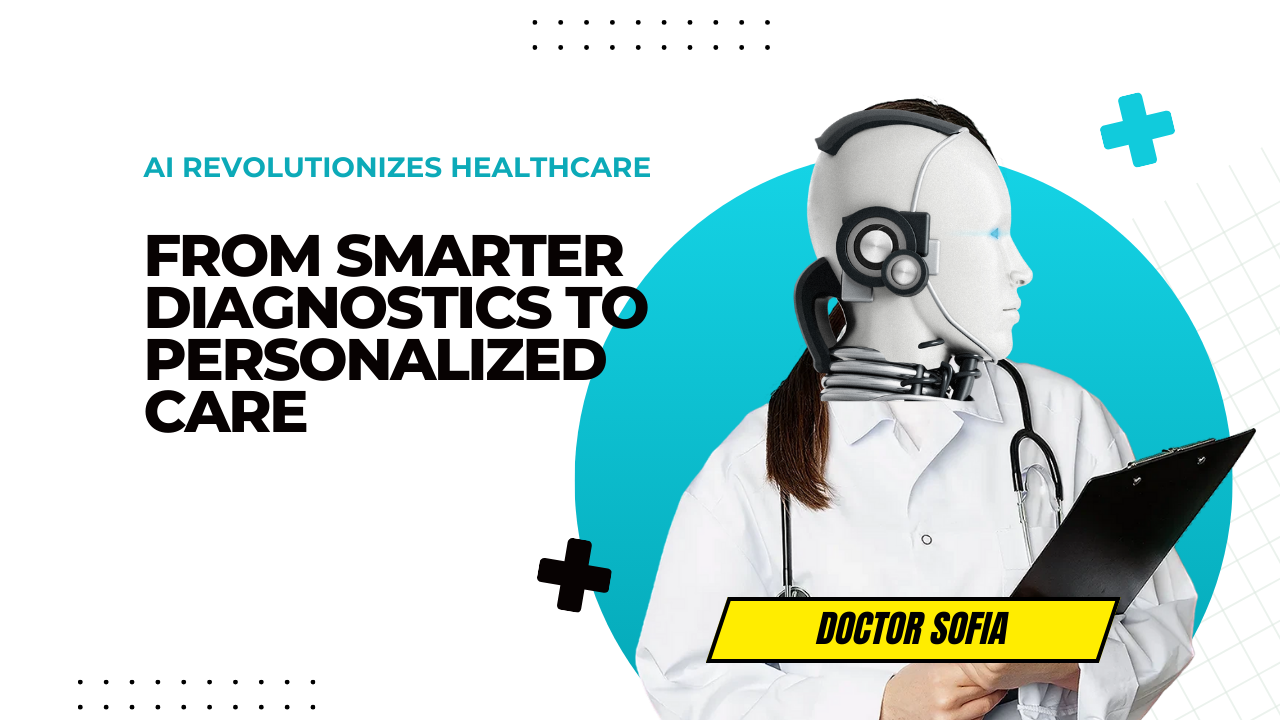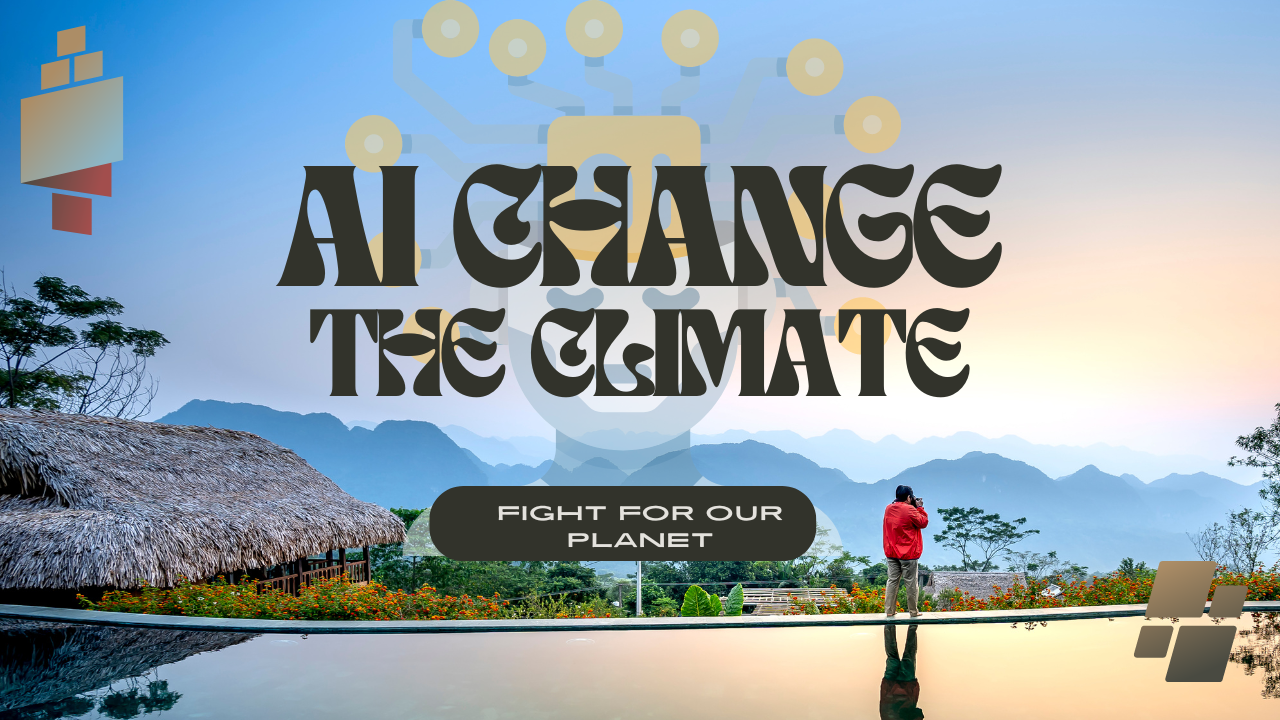Artificial intelligence (AI) is rapidly transforming our world, permeating everything from healthcare and finance to entertainment and transportation. As AI’s capabilities continue to expand, so too does the need to grapple with its ethical implications. This article delves into the ethical labyrinth of AI, exploring the potential pitfalls and charting a course towards responsible development and deployment.
The Double-Edged Sword: Benefits and Biases of AI
AI offers a plethora of benefits. It can revolutionize medical diagnosis, personalize education, and optimize resource management. However, this power comes with a caveat. AI systems are susceptible to inheriting and amplifying the biases present in the data they are trained on. This can lead to discriminatory outcomes, such as biased hiring practices or unfair loan approvals.
For instance, an AI algorithm used in the criminal justice system might be predisposed to recommend harsher sentences for certain demographics based on historical data that reflected racial biases.
The Transparency Conundrum: Demystifying the Black Box
Many AI systems function as opaque “black boxes,” making it difficult to understand how they arrive at their decisions. This lack of transparency poses a significant ethical challenge. If we cannot comprehend the reasoning behind an AI’s judgment, how can we hold it accountable for potential errors or biases?
Imagine a scenario where an AI-powered stock trading platform makes a risky decision that results in substantial financial losses. Without understanding the logic behind the trade, it becomes challenging to identify and rectify any underlying biases or flaws within the algorithm.
The Quest for Fairness: Mitigating Bias in AI
Ensuring fairness in AI development necessitates a multi-pronged approach. Here are some crucial steps:
- Data Scrutiny: It is critical to scrutinize the data used to train AI models, identifying and mitigating potential biases. This might involve diversifying datasets and employing techniques to detect and remove skewed information.
- Algorithmic Auditing: Regularly auditing AI algorithms for fairness is essential. This process can involve analyzing the algorithm’s outputs for discriminatory patterns and identifying areas for improvement.
- Human Oversight: While AI can be a powerful tool, it should not replace human judgment entirely. Maintaining human oversight in critical decision-making processes ensures that ethical considerations remain at the forefront.
The Human-Machine Conundrum: Redefining Work and Responsibility
The rise of AI raises concerns about job displacement and the future of work. As AI automates tasks previously performed by humans, questions arise about the need for retraining or the potential for increased unemployment.
Furthermore, the question of responsibility becomes complex. If an AI system makes a mistake, who is accountable – the developers, the users, or the AI itself? Establishing clear lines of responsibility is vital for fostering trust and ensuring ethical implementation.
Building an Ethical AI Framework: A Collective Responsibility
The ethical development and deployment of AI necessitate a collaborative effort. Here are some key players:
- Tech Developers: Developers must prioritize building fair and transparent AI systems by implementing robust safeguards against bias and ensuring explainability.
- Policymakers: Governments have a role to play in establishing regulatory frameworks that promote ethical AI development and use.
- The Public: Public awareness and education are crucial in fostering informed discussions about the ethical implications of AI.
Conclusion: Shaping a Brighter Future with AI
AI holds immense potential to improve our lives. However, navigating the ethical labyrinth requires a proactive approach. By prioritizing fairness, transparency, and human oversight, we can harness the power of AI for good and ensure that it serves humanity as a tool for progress, not a source of disparity.
The future of AI is not predetermined. The choices we make today will determine whether AI becomes a force for positive change or a source of ethical dilemmas. By fostering open dialogue and prioritizing ethical considerations, we can pave the way for a future where AI coexists harmoniously with humanity, shaping a brighter tomorrow.
Emerging Challenges and Opportunities
While this article has explored some core ethical concerns surrounding AI, the field is constantly evolving, presenting new challenges and opportunities. Here are some emerging areas that warrant further exploration:
- AI and National Security: The use of AI in autonomous weapons systems raises ethical and legal concerns. The potential for unintended consequences and the lack of human oversight in life-or-death situations necessitate careful consideration and international collaboration on regulations.
- The Rise of Explainable AI (XAI): XAI is a branch of AI that focuses on developing algorithms that are understandable by humans. This field holds immense promise for addressing the “black box” problem and fostering trust in AI decision-making processes.
- The Future of Work: As AI continues to automate tasks, the focus will shift towards reskilling and retraining the workforce to prepare for new job opportunities that emerge alongside AI advancements.
- AI and the Environment: AI can play a crucial role in environmental sustainability by optimizing resource management, developing renewable energy solutions, and aiding in climate change mitigation strategies.
A Call to Action: Cultivating a Culture of AI Ethics
The ethical development and use of AI is not a solitary pursuit. It necessitates a concerted effort from various stakeholders:
- Tech Companies: Tech companies must champion ethical AI practices by investing in research, developing robust ethical frameworks, and fostering a culture of transparency and accountability within their organizations.
- Academia: Universities and research institutions play a vital role in developing ethical guidelines for AI development and promoting interdisciplinary research that explores the social and philosophical implications of this technology.
- Civil Society Organizations: Civil society organizations can advocate for responsible AI development and raise awareness about potential ethical pitfalls.
- Individuals: As individuals, we can educate ourselves about AI and its ethical implications. We can also make conscious choices about the AI-powered technologies we use and support companies with responsible AI practices.
By fostering open dialogue, collaboration, and a commitment to ethical principles, we can navigate the ethical labyrinth of AI and ensure that this powerful technology serves as a tool for progress, benefiting all of humanity.
The future of AI is not something to be feared, but rather an opportunity to be shaped. Let us choose to shape it wisely, with a focus on human values and the betterment of our world.




